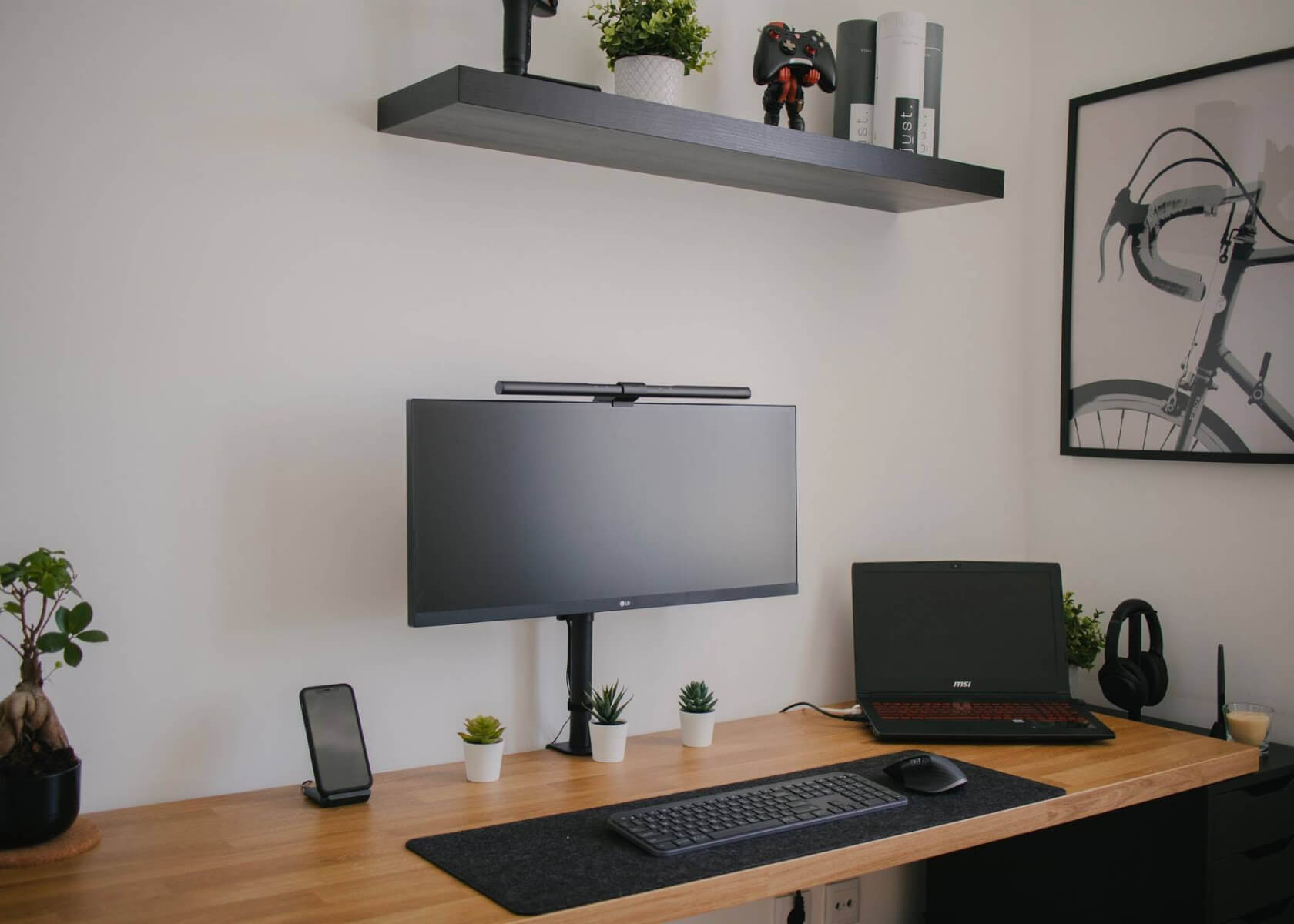Design Personalized Templates in Notion for Efficient Content Creation

New to Notion?
How to Design Personalized Templates within Notion for Efficient Content Creation
Notion is a powerful tool that allows you to create and customize your own templates to streamline your content creation process. With the ability to design personalized templates, you can establish a consistent structure that helps you work efficiently and effectively. In this article, we explore updated steps and best practices for designing templates in Notion that align with its current features.
Step 1: Define Your Content Creation Workflow
Before diving into template design, clearly define your content creation workflow. Understanding every stage of your process will help you tailor your templates to include the stages that matter most. Consider steps like Ideation, research, Outlining, writing, editing, and publishing. Each phase may require unique content elements such as brainstorming notes, research summaries, or checklists. Analyzing your process ensures that your templates cover all key components and maximize productivity.
Step 2: Identify Common Patterns and Components
Once your workflow is mapped out, pinpoint the recurring patterns or elements that frequently appear in your content. These might include standard sections like introductions, body sections with subtitles, and conclusions. Recognizing these common blocks allows you to create a template that automatically scaffolds your work and saves invaluable setup time.
For example, if your articles typically include an introduction, several body sections, and a conclusion, design your template with these parts already structured. Other useful elements can include bullet points for lists, headings for organization, and inline instructions to remind you of key steps.
Step 3: Create a Template Page
Begin by setting up a new page in Notion. You can create a new page from the sidebar or duplicate an existing page you’d like to use as a foundation. Give your template a meaningful name—such as Article Template or Blog Post Template—to make it easily identifiable later on.
With the latest updates, Notion’s Template Button feature is a great asset. This feature lets you generate new sections or even complete pages based on your template dynamically. Consider integrating a Template Button within your template to further enhance your workflow.
Step 4: Design the Template Structure
Structure your template using Notion’s robust formatting options. Use headings and subheadings to create a clear hierarchy, and incorporate bullet points, numbered lists, or checkboxes to organize tasks and sections. Updated options like toggle lists and callout blocks can add additional layers of organization and visual emphasis.
Ensure that you include all the common patterns and components identified in the previous step. The goal is to set a structure that minimizes repetitive formatting every time you create new content.
Step 5: Add Placeholder Text and Prompts
Enhance the usability of your template by adding placeholder text and prompts. This visual guide can indicate what type of content belongs in each section. For example, in an introduction block, include a placeholder like “Write an engaging introduction here.” In body sections, prompts such as “Include supporting evidence or examples” can help you maintain focus and overcome writer’s block.
These placeholders serve as helpful reminders of the information or steps required, ensuring you don’t miss any critical component during the creation process.
Step 6: Save the Template as a Preset
After designing your personalized template, save it as a preset. In Notion, click on the three dots at the top right corner of your page and select Save as Template. Assign it a clear name and tag it appropriately for easy access later.
Saving your template as a preset means you can quickly launch a new page with the same formatting and structure whenever you need it—simply choose New Page and select your saved template.
Step 7: Customize Templates for Different Content Types
Notion supports multiple templates tailored to various content types such as blog posts, reports, or meeting notes. Customize each template to fit the specific requirements and workflows of each content type. For instance, meeting notes might benefit from a different layout than a product launch plan or a written article.
Replicate the process from Steps 3 to 6 for each content type, modifying the structure, placeholder text, and prompts to align with the unique needs of the content at hand.
Conclusion
Designing personalized templates in Notion is an effective way to streamline your content creation process. By defining your workflow, identifying key elements, and using Notion’s advanced features like the Template Button, you can create flexible templates that save time and boost productivity. Experiment with different layouts, structures, and prompts to discover the template format that works best for your creative process. Embrace these updated best practices to keep your content creation efficient and engaging.


